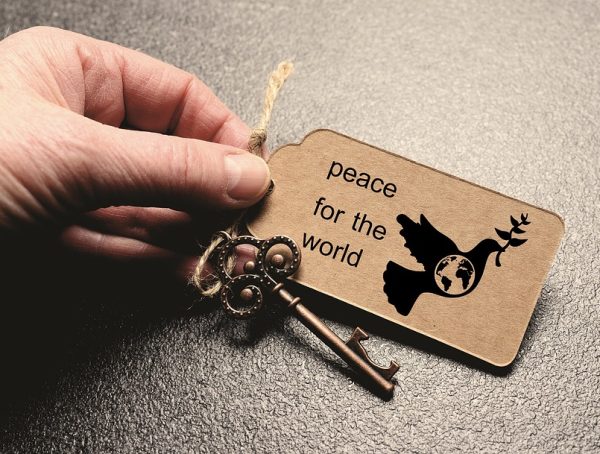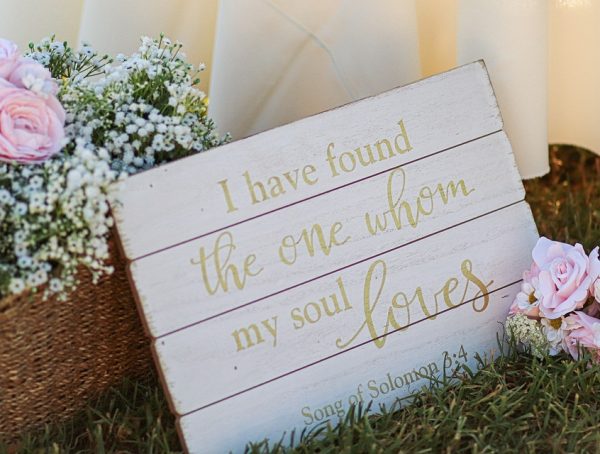The Connection Between Inner Peace Symbols and Mindfulness
In a world that often feels chaotic and tumultuous, seeking inner peace has become essential for mental clarity, emotional stability, and overall well-being. Inner peace symbols play a crucial role in this journey, serving as visual anchors that help ground us in the present moment. When combined with mindfulness practices, these symbols can amplify our ability to cultivate tranquility and presence. This article explores the connection between inner peace symbols and mindfulness, offering actionable steps for incorporating these practices into daily life.
Understanding Inner Peace Symbols
Inner peace symbols are visual representations that evoke feelings of calmness, balance, and serenity. They can be cultural, religious, or personal, influencing how we perceive and connect with our inner selves. Common symbols include:
-
The Lotus Flower: Revered in numerous cultures, the lotus symbolizes purity and spiritual awakening. It grows from muddy waters, emphasizing that beauty can arise from adversity.
-
The Yin Yang: An essential symbol of Taoism, the yin yang represents the balance of opposing forces. It serves as a reminder that harmony arises from coexistence and acceptance of duality.
-
The Om Symbol: In Hinduism and Buddhism, the sound and symbol of "Om" signify the essence of the universe. It reminds practitioners to connect with their breath, fostering a sense of peace.
-
The Peace Sign: Originally a symbol for nuclear disarmament, it has evolved to represent peace, love, and unity. Displaying this icon can serve as a daily reminder to cultivate peace within ourselves and in our surroundings.
- Mandala: Intricate designs that symbolize the universe’s cosmic and spiritual order. Creating or meditating on a mandala can enhance focus and bring a sense of wholeness.
These symbols are more than mere decorations; they serve as focal points that can shift our mindset and promote mindfulness.
The Role of Mindfulness in Cultivating Inner Peace
Mindfulness is the practice of focusing one’s attention on the present moment, acknowledging thoughts, feelings, and bodily sensations without judgment. This awareness helps dissolve stress, anxiety, and distractions that can cloud our minds. When combined with the evocative power of inner peace symbols, mindfulness can create a rich tapestry of relaxation and clarity.
How Symbols Enhance Mindfulness
-
Visual Reminders: Inner peace symbols placed in our environments can be constant prompts for mindfulness, encouraging us to pause and reflect.
-
Meditation Tools: Symbols can be integrated into meditation practices. For instance, visualizing a lotus flower while focusing on breathing can deepen the meditative experience.
-
Personal Connection: The personal significance of symbols can enhance mindfulness. If a symbol resonates with you, it can evoke powerful emotions that ground you in the present.
- Creative Expression: Engaging in creative activities such as drawing or crafting inner peace symbols can serve as a mindful practice that fosters relaxation and introspection.
Action Steps for Embracing Inner Peace Symbols and Mindfulness
To cultivate inner peace effectively using symbols and mindfulness, consider the following actionable steps:
Step 1: Identify Your Symbols
Reflect on what symbols resonate with you. Creating a visual board can be helpful—include images, drawings, or items that evoke peace. This exercise personalizes your symbols and imbues your space with mindful reminders.
Step 2: Establish a Mindful Space
Designate a peaceful area in your home or workspace where you can engage in mindfulness practices. Incorporate your chosen inner peace symbols into this space. Use soft lighting, calming sounds, and comfortable seating to enhance the environment.
Step 3: Integrate Mindfulness Practices
-
Daily Mindfulness Moments: Dedicate five to ten minutes each day to practice mindfulness—focus on your breath, observe your surroundings, or meditate using one of your inner peace symbols as your anchor.
- Symbol Meditation: Choose a symbol, whether it’s the lotus flower or a mandala, and meditate on it. Visualize its qualities as you breathe deeply, allowing yourself to sink into the sensations of peace and balance it represents.
Step 4: Create Rituals
Establish rituals that incorporate mindfulness and symbols. For example, each morning, take a moment to reflect on your chosen symbol, setting intentions for the day ahead. As you go through your day, return to this symbol in your mind, reminding you to stay present and calm.
Step 5: Share Your Journey
Engagement with a community can amplify your efforts toward inner peace. Whether through social media, journaling, or group practice, sharing your journey encourages accountability and connection.
Conclusion
The journey towards inner peace is deeply personal, paved with symbols that resonate with our hearts and minds. By integrating mindfulness practices with inner peace symbols, we create pathways to tranquility and presence. Cultivating these aspects in our daily lives allows us to stay grounded amidst the chaos. Remember, small, consistent actions lead to profound changes over time.
As you pursue this journey, remember the words of the great philosopher Lao Tzu: “Nature does not hurry, yet everything is accomplished.”
If you found this content valuable and wish to explore more insights on mindfulness and inner peace, consider following Kevin Steineman on Instagram @KSteineman for daily inspiration.
You might also like
More from Mindfulness
Where Peace Resides: Nature Quotes for Stillness
Where Peace Resides: Nature Quotes for Stillness In a world of incessant noise and relentless activity, finding moments of tranquility can …
A Collection of 35 Short Peace Quotes for Everyday Life
A Collection of 35 Short Peace Quotes for Everyday Life In the hustle and bustle of modern life, it’s easy to …
30 Short Quotes That Will Bring You Inner Peace
30 Short Quotes That Will Bring You Inner Peace In the hustle and bustle of everyday life, finding inner peace can …

































